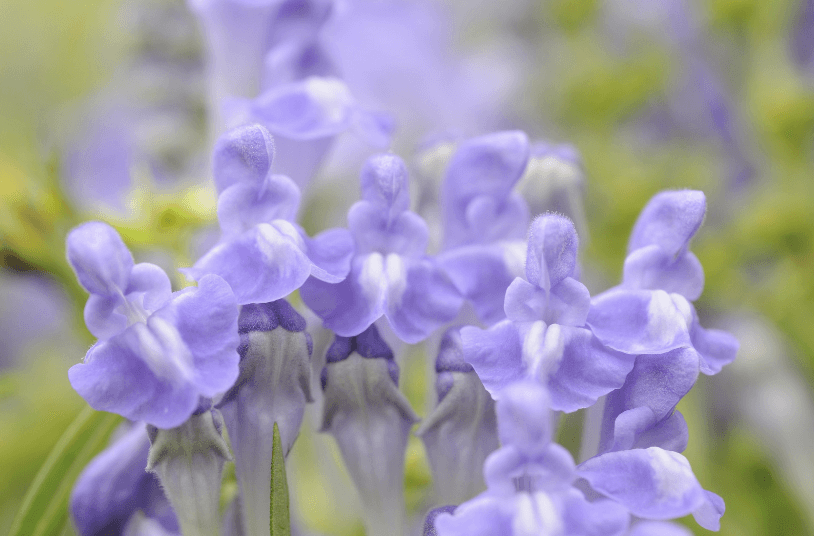
Scutellaria
Share

Common Name Camellia sinensis root, Scutellaria baicalensis tea, Tujin tea root
Family Name Lamiaceae
Parts Used Roots
Herbal Actions Detoxification
Health Benefits Clear away heat and dampness, purge fire, detoxify, and prevent miscarriage
What are the Benefits of Scutellaria?
Scutellaria in Modern Herbal Medicine
Today, Scutellaria continues to be a popular choice in herbal medicine. Its wide range of potential health benefits makes it a versatile addition to any natural remedy collection.
Antioxidant and Neuroprotective Properties
Scutellaria is rich in flavonoids, compounds known for their antioxidant properties. These antioxidants can protect the body from harmful free radicals, potentially reducing the risk of various diseases.
Moreover, these flavonoids have shown neuroprotective effects. This suggests that Scutellaria could play a role in protecting against neurological disorders.
Cardiovascular Health Enhancement
Scutellaria may also contribute to cardiovascular health. It has been suggested to improve lipid profiles and reduce blood pressure, both crucial factors in maintaining heart health.
Potential in Cancer Prevention
Research into Scutellaria's potential role in cancer prevention is ongoing. Some studies suggest that it may inhibit the growth of various cancer cells, although more research is needed to confirm these findings.
Anti-inflammatory Effects and Joint Health
The anti-inflammatory properties of Scutellaria could make it a useful tool in managing conditions like arthritis. By reducing inflammation, it may help alleviate joint pain and improve mobility.
Historical Use of Scutellaria
Scutellaria in Traditional Medicine
In traditional Chinese medicine, Scutellaria baicalensis, or Huang Qin, has been used for centuries. It was primarily employed for clearing heat and drying dampness, reflecting its role in balancing the body's energies.
Historical texts also reference Scutellaria baicalensis as a treatment for inflammation and respiratory conditions. This underscores the herb's importance in Chinese medicine and its enduring relevance in contemporary herbal practices.
Scutellaria Lateriflora and Native American Practices
Scutellaria lateriflora was traditionally used by Native Americans for its therapeutic properties. It was employed as a treatment for anxiety, nervous tension, and convulsions, demonstrating its role in managing neurological conditions.
The herb was also used as a sedative and to treat conditions such as rabies, earning it the name "mad dog weed." This highlights the diverse applications of Scutellaria in Native American healing practices.
Botanical Description & Habitat
Perennial herb, with thick fiber-optic roots; square stems, branches at the base; lanceolate leaves opposite. The flowering period is from July to August, with terminal inflorescences; corolla purple or blue; calyx two-lipped, closed during fruiting.
Distributed in Northeast China and North China, including Henan, Shaanxi, Shandong and other places.
